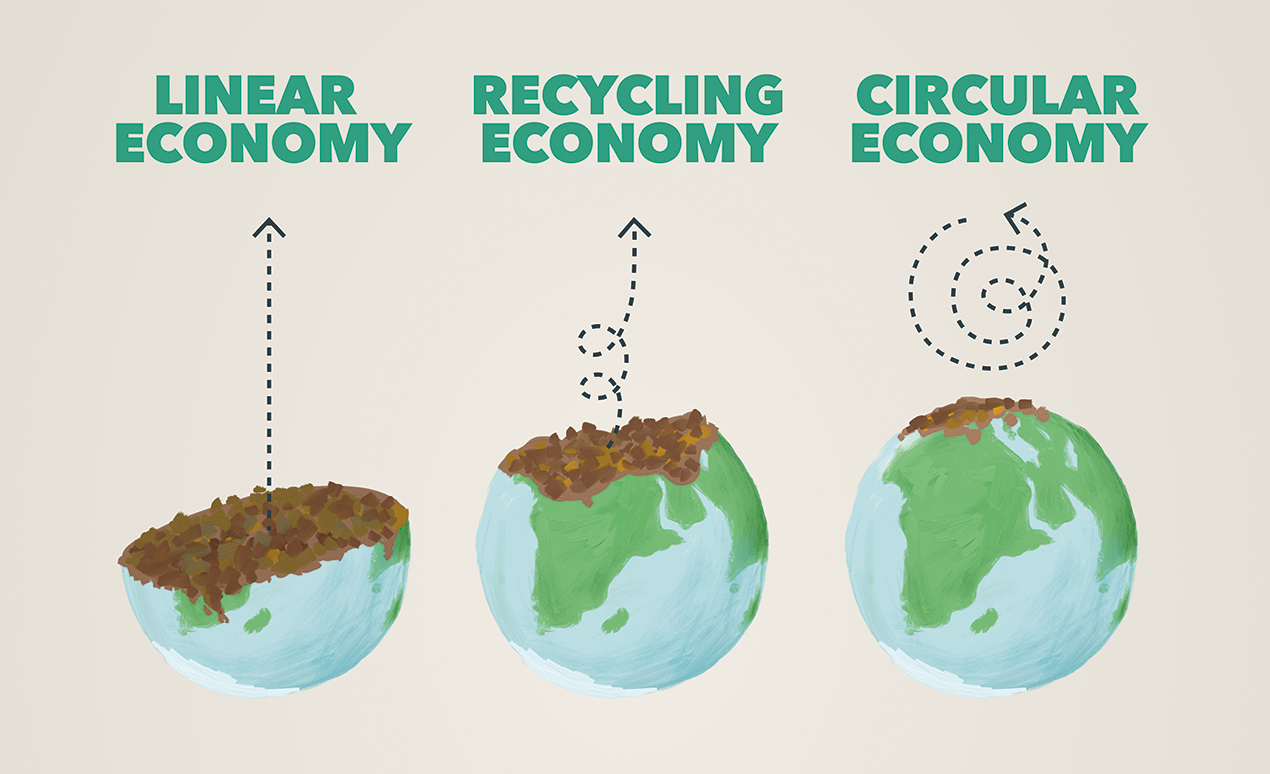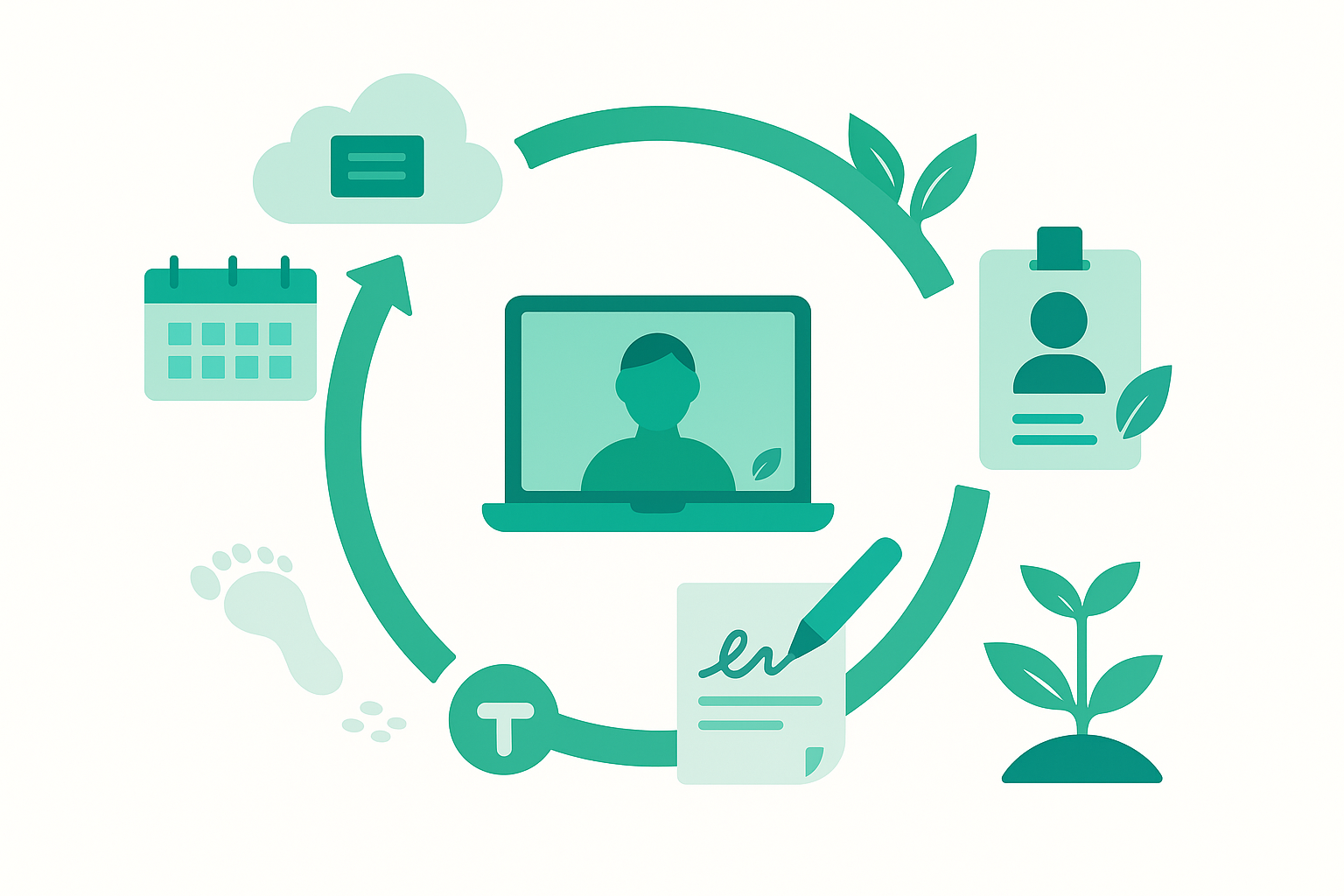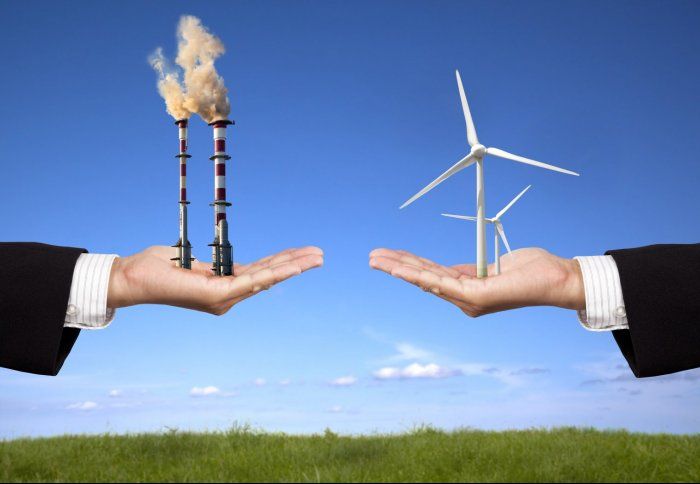Closing the Loop and Opening Careers: Circularity’s Role in the Future of Work
At this year’s ReGen Expo, the programme was thoughtfully divided into two key tracks:
- The Resource Stage, focused on innovations in recycling and resource recovery.
- The Circularity Stage, showcasing upstream redesign, system change, and regenerative business models.
Both matter, but they’re not the same.
Recycling plays a critical role in reducing what ends up in landfill. But circularity reaches further, asking how we might design waste out altogether. In short:
If recycling is like treating the symptoms, circular processes are like building a lifestyle that prevents the illness in the first place.

Recycling vs Circularity: What’s the Difference?
While often grouped together under the sustainability banner, recycling and circularity are fundamentally different approaches:
- Recycling is a reactive process. It manages waste after it’s created by breaking down materials to be reused. It reduces landfill but still relies on a linear “make–use–dispose” model.
- Circularity is proactive. It’s about designing products, systems, and business models to prevent waste from being created in the first place. It keeps materials in use at their highest value for as long as possible.
What Circularity Looked Like at ReGen
On the Circularity Stage, we saw real-world applications of these principles:
- Businesses creating products designed for repair, reuse or remanufacture
- Startups piloting take-back schemes, sharing models, and service-based offerings instead of traditional sales
- Platforms enabling circular procurement - helping organisations choose suppliers and products based on lifecycle value, not just upfront cost
- Tools and frameworks supporting carbon accounting and lifecycle analysis, guiding design decisions that avoid waste before it starts
These are not simply upgrades to our current system. They are a rethink of how value is created, used, and regenerated.
The Jobs Circularity Will Create (and Is Already Creating)
Circularity isn’t just about closing loops and reducing emissions. It’s a jobs engine.
According to the Deloitte Access Economics and RMIT report released in July 2025:
- Over 1 million additional green-skilled workers will be needed in Australia by 2030
- Employers are willing to pay 13% more - around $13,000 extra per year - for managers with green skills
- This wage uplift alone represents a $1.7 billion opportunity
- Every job will need some level of green literacy, from climate accounting and carbon reporting to circular design and materials analysis
- From engineers and procurement leads to supply chain managers, accountants, and data scientists - the circular economy touches every sector. And it brings with it both new roles and the reinvention of traditional ones.
And this is just the beginning. According to Jobs and Skills Australia, the clean energy transition alone will require an additional 240,000 workers by 2030, and the ILO projects a global net increase of 18 million jobs if the climate transition aligns with the Paris Agreement.
What Comes Next? Building the Future Workforce
To fully realise the circular economy’s potential, we’ll need:
✅Policy alignment – to support sustainable procurement, design incentives, and ESG reporting
✅Investment in upskilling – across design, compliance, procurement, logistics, and operations
✅Business model innovation - towards reuse, access, and regeneration
✅Workforce mapping – to understand gaps and develop internal pathways to transition
✅Public understanding – shifting the narrative to design out waste entirely
Yet, as the Deloitte report warns, only one-third of businesses are currently investing in green skills training. And 43% admit they lack the knowledge or expertise to prepare for the climate crisis. Now is the moment to act.
Let’s Close the Loop—and Open New Opportunities
Circularity isn’t about simply managing waste better. It’s about redesigning the system so there’s no waste to begin with.
At ReGen, the Circularity Stage offered a glimpse of that future: where businesses innovate upstream, communities thrive, and materials remain in use - again and again. With the right policy, investment and education, this future can scale.
Because when circularity works, everyone gains: the planet, the economy, and the next generation of workers who’ll be paid - not to clean up the mess - but to help design a world that doesn’t make one.



